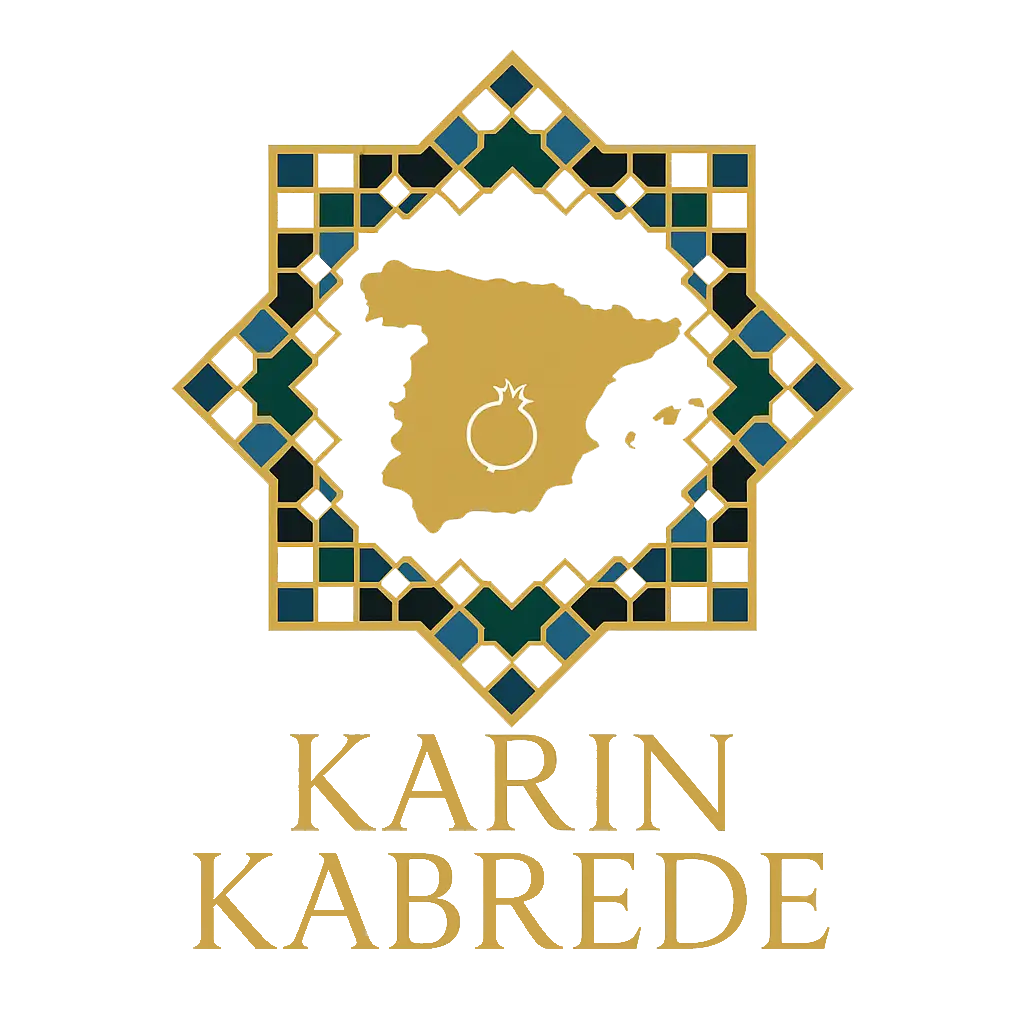Alcala la Real and Montefrio – live at the frontier of Al-Andalus
During the time of Al-Andalus, Alcalá la Real and Montefrío were situated along the frontier of the last Muslim kingdom on the Iberian Peninsula: the Nasrid Kingdom. Alcalá la Real was conquered by Christian forces as early as 1341, becoming an important border town. Montefrío, on the other hand, remained under Muslim rule until 1486, making it one of the final and most significant Nasrid strongholds.
Life on the frontier had two sides: it was marked by insecurity, constant danger, and the need for perpetual vigilance. Yet at the same time, it offered remarkable opportunities – cultural exchange, economic benefits, and, during long periods of peace, even moments of genuine coexistence among different religions and communities.
Alcalá la Real was founded on top of the hill known as La Mota, offering sweeping views of the surrounding landscape – something that still captivates visitors today. The archaeological site you see now was once part of a vital defensive network, and one of the most important fortresses in the region. During your visit, you’ll gain deeper insights into its history and what life was like within the fortified walls. I’ll introduce you to some of the key historical figures who shaped its legacy.
Montefrío, also perched on a hilltop, is famous for its picture-perfect appearance: whitewashed houses climbing the slope, crowned by an ancient castle. It’s
considered one of the most beautiful photo spots in all of Andalusia – a view that never fails to impress. But behind this picturesque facade lies a past marked by hardship, conflict, and uncertainty, especially in the final years of Muslim rule.

